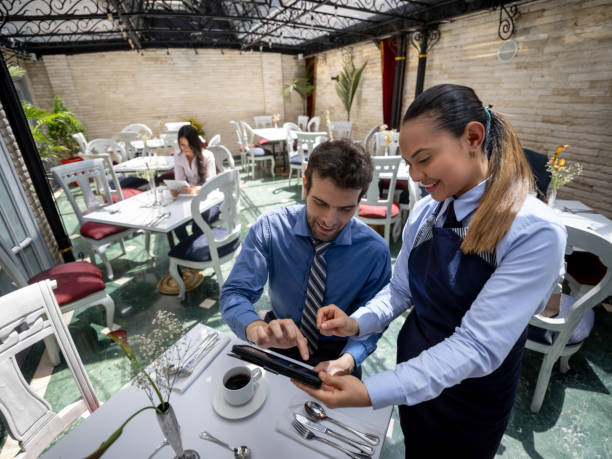In the fast-paced world of the restaurant industry, technology plays a crucial role in ensuring smooth operations, compliance, and efficiency. Two significant types of software that cater to different aspects of restaurant management are restaurant inspection software and restaurant operations software. Though they might seem similar at first glance, they serve distinct purposes and provide different functionalities. Understanding the differences between these two types of software is essential for restaurant owners and managers aiming to optimize their business processes.
Restaurant Inspection Software
Restaurant inspection software is specifically designed to help restaurant owners, managers, and health inspectors ensure that a restaurant complies with health and safety regulations. This type of software focuses on maintaining hygiene standards, food safety, and regulatory compliance. Here are some of the primary features of restaurant inspection software:
- Digital Checklists: The software provides digital inspection checklists for various inspection points, such as cleanliness of the kitchen, proper food storage, and employee hygiene. These checklists are customizable to meet specific regulatory requirements.
- Automated Scheduling: Inspection software often includes automated scheduling features that remind managers when inspections are due, ensuring that no critical checks are missed.
- Real-Time Reporting: During inspections, data is recorded in real-time, allowing for immediate identification of any issues. This feature helps in quickly addressing and rectifying problems before they escalate.
- Regulatory Compliance: The software is updated with the latest health and safety regulations, ensuring that restaurants always comply with local, state, and federal guidelines.
- Audit Trails: It maintains a detailed history of all inspections, providing an audit trail that can be useful during external health inspections or audits.
Restaurant Operations Software
On the other hand, restaurant operations software is a more comprehensive tool designed to streamline and manage the day-to-day activities of running a restaurant. This type of software covers a wide range of operational aspects, including inventory management, employee scheduling, customer service, and financial tracking. Key features of restaurant operations software include:
- Inventory Management: It helps in tracking inventory levels, ordering supplies, and managing vendors. This ensures that the restaurant always has the necessary ingredients without overstocking.
- Point of Sale (POS) Integration: Most restaurant operations software integrates with POS systems to streamline order processing, track sales, and manage payments efficiently.
- Employee Scheduling: This feature assists managers in creating and managing employee schedules, tracking labor costs, and ensuring adequate staffing during peak hours.
- Customer Relationship Management (CRM): It includes tools to manage customer data, track preferences, and implement loyalty programs, thereby enhancing the overall customer experience.
- Financial Management: Operations software often includes modules for accounting, budgeting, and financial reporting. This helps in tracking revenue, expenses, and profitability in real-time.
- Order and Table Management: The software facilitates efficient table reservations, order taking, and kitchen communication, ensuring smooth service delivery.
Key Differences
While both types of software aim to improve restaurant operations, their primary focus and functionalities set them apart.
- Purpose:
- Inspection Software: Focuses on compliance, health, and safety standards.
- Operations Software: Aims to streamline and manage overall restaurant operations.
- Features:
- Inspection Software: Offers digital checklists, real-time reporting, and audit trails specific to health and safety.
- Operations Software: Includes inventory management, POS integration, employee scheduling, CRM, and financial management.
- Users:
- Inspection Software: Primarily used by managers, owners, and health inspectors.
- Operations Software: Used by a broader range of staff including managers, kitchen staff, and front-of-house employees.
- Compliance vs. Efficiency:
- Inspection Software: Ensures compliance with health regulations.
- Operations Software: Focuses on operational efficiency and customer satisfaction.
Conclusion
While restaurant inspection software and restaurant operations software may seem overlapping, they cater to different needs within the restaurant business. Inspection software ensures that the restaurant meets health and safety standards, whereas operations software enhances the overall efficiency of restaurant management. Utilizing both types of software can significantly contribute to the smooth and successful running of a restaurant, ensuring it meets regulatory standards while also delivering excellent service and maintaining profitability.
